In order to determine the size of an AC motor capacitor, you should read the label on the component. The label should include information about the capacitor's voltage rating, operating temperature, and physical size. To determine the capacitance range of a motor cap, you should refer to the product's manual or the manufacturer's manual. Usually, the capacitance range will be listed on the label. Normally, a capacitor's voltage rating will be indicated on the label. The operating frequency and operating temperature are also listed on the container.
A dual run capacitor supports both a compressor and fan motor. A dual-run capacitor saves space by combining two physical capacitors into one. Both have three terminals. The capacitance of an AC Motor Capacitor is usually labeled in microfarads (uF), although the older versions may have obsolete terminology. The capacitor should be tested before it can be installed. If it is weak or ineffective, the motor may not work properly.
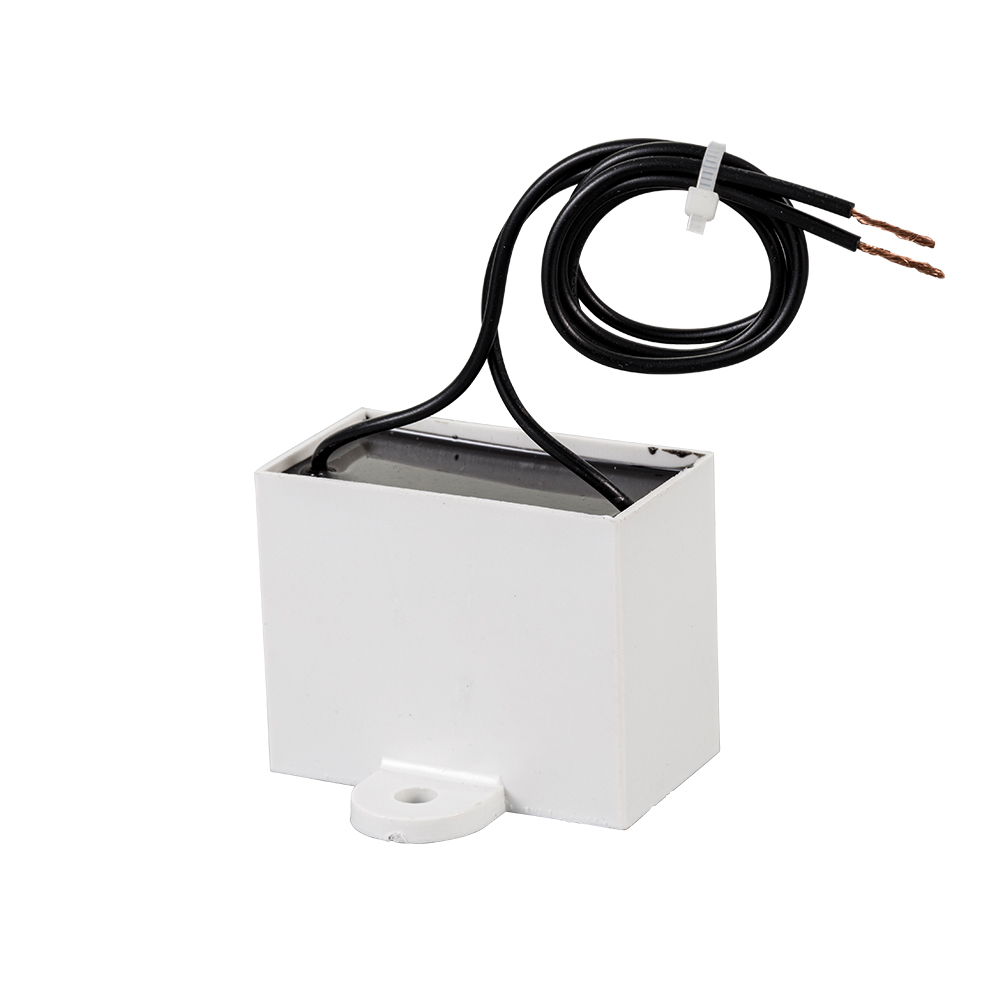
While AC Motor Capacitors have several uses, they are primarily used in starting motors. They can provide the necessary extra energy for problem-free start-ups. They are permanently operated to generate a voltage shifted through 90 degrees, which is used to operate a second coil in the motor. These devices are designed to operate in 50/60Hz networks and meet Safety Class S3 (P2) requirements. However, when working with an AC Motor Capacitor, you should always fully discharge the charge before handling it.
The motor capacitors used in AC motors are often marked with the following five parameters. They are labelled with the following information: the electrical frequency, the operating temperature, and the capacitance. In addition to the voltage, these capacitors have an operating temperature. In some cases, they may have a high voltage. You can measure the NPTC standards by using the Tools of the Trade publication ANR-2783.
has published a manual called "Testing a Motor Capacitor" that contains step-by-step instructions for evaluating motor capacitors. The publication is available in three languages and provides a worksheet that you can print to guide you during the evaluation. In addition, it contains a worksheet that allows you to record the results of your testing. You can also print it for reference purposes. You can find it in the Tools of the Trade publications ANR-2783.
The Tools of the Trade document contains step-by-step instructions on how to test an AC Motor Capacitor. The manual is available in both English and Spanish. If you are unfamiliar with the terminology, you can look up the relevant terms on the label. For instance, the "V" stands for the voltage rating and the "F" indicates the current-limiting voltage. The term is pronounced .
publication ANR-2783 explains the basic parameters of an AC Motor Capacitor. The gives you step-by-step instructions for evaluating an AC Motor Capacitor. You can also print a worksheet to use for your evaluation. It is important to thoroughly discharge the battery to ensure the safety of the AC Motor. Once you have thoroughly tested the capacitor, you can proceed with the replacement of the entire motor.
The AC Motor Capacitors are used to provide additional energy to start the electric motor. By doing so, the AC Motor Capacitors guarantee a problem-free start-up. The capacitors work by permanently operating a second coil in the motor. The design of the AC Motor Capacitors has been optimized for the 50-Hz/60-Hz network and is able to meet the needs of Safety Class S3 (P2) standards.
It is important to replace an AC Motor Capacitor on a regular basis. Typically, these capacitors have higher voltage ratings and should not be used to replace a broken motor. While provides step-by-step instructions for motor capacitor evaluation, it is important to follow the manufacturer's specifications to ensure a quality product. Once you have tested the capacitors, the next step is to check the motor's electrical system and make sure the run capacitor is functioning properly.

 简体中文
简体中文 English
English Español
Español عربى
عربى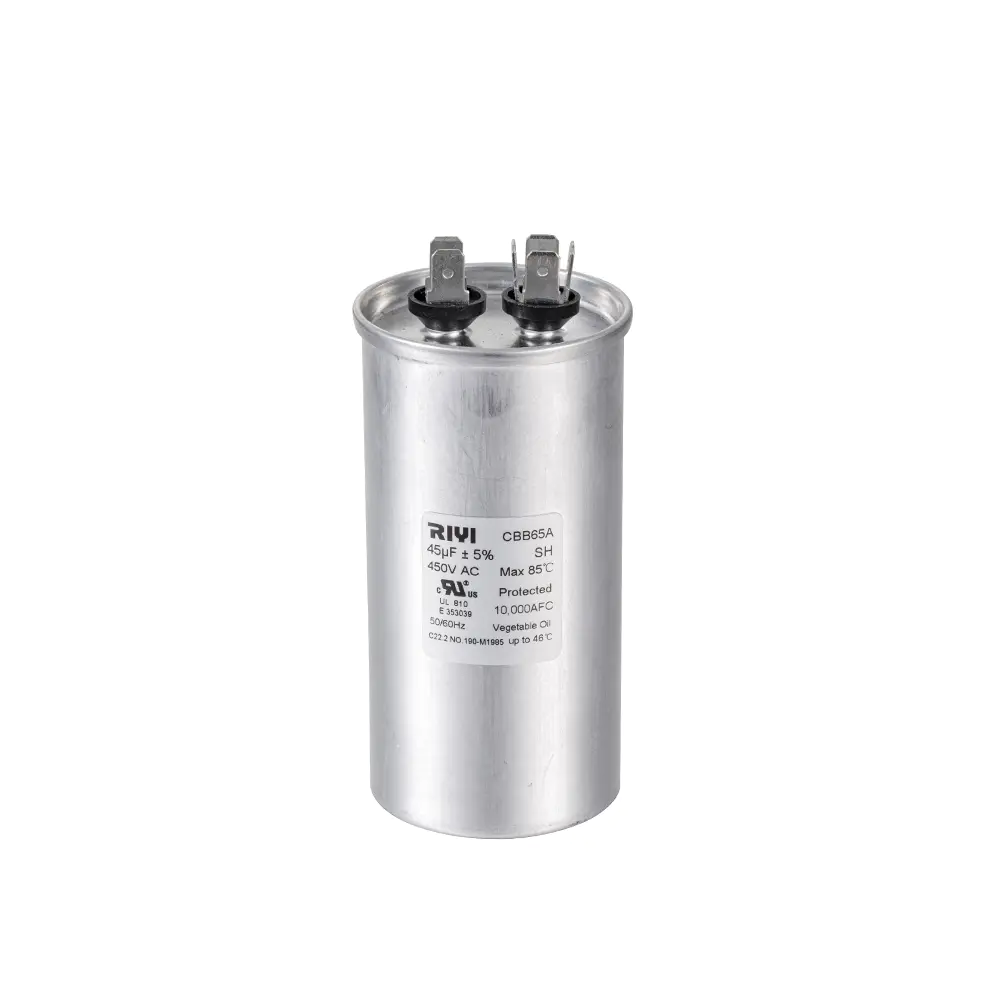
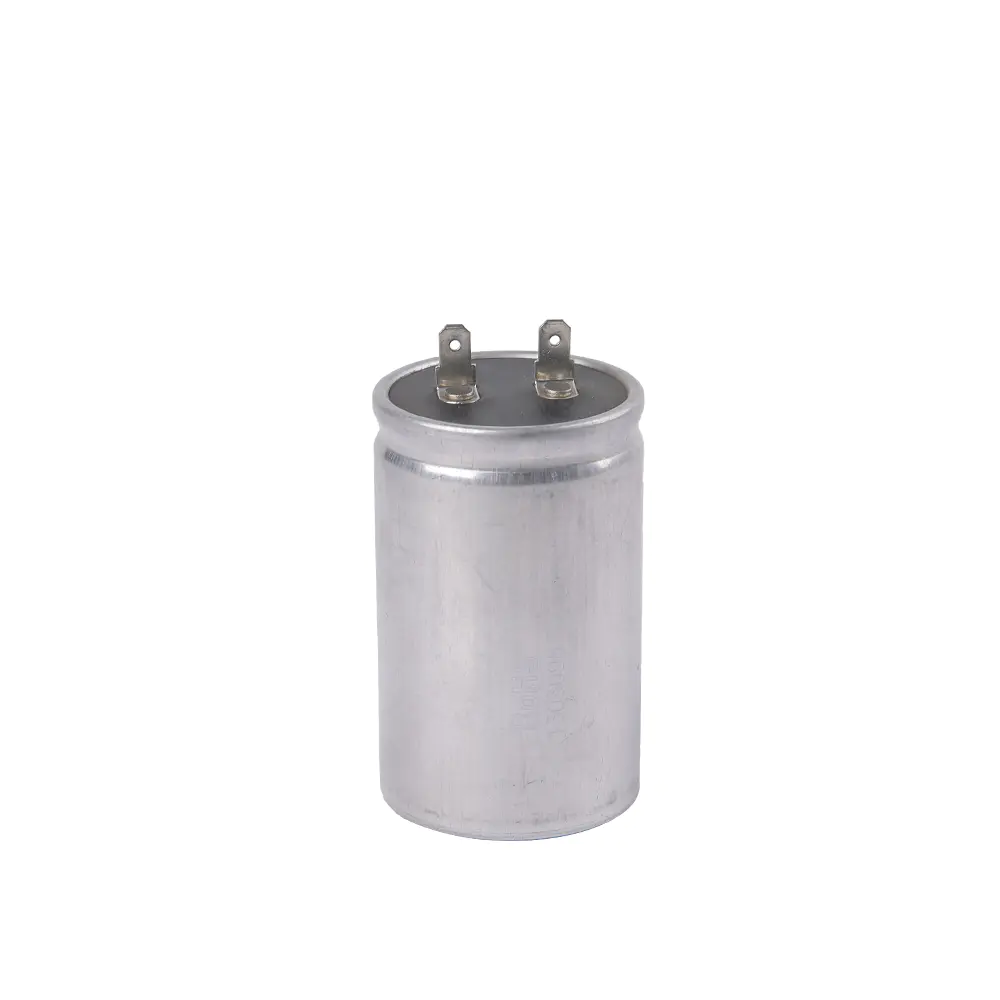
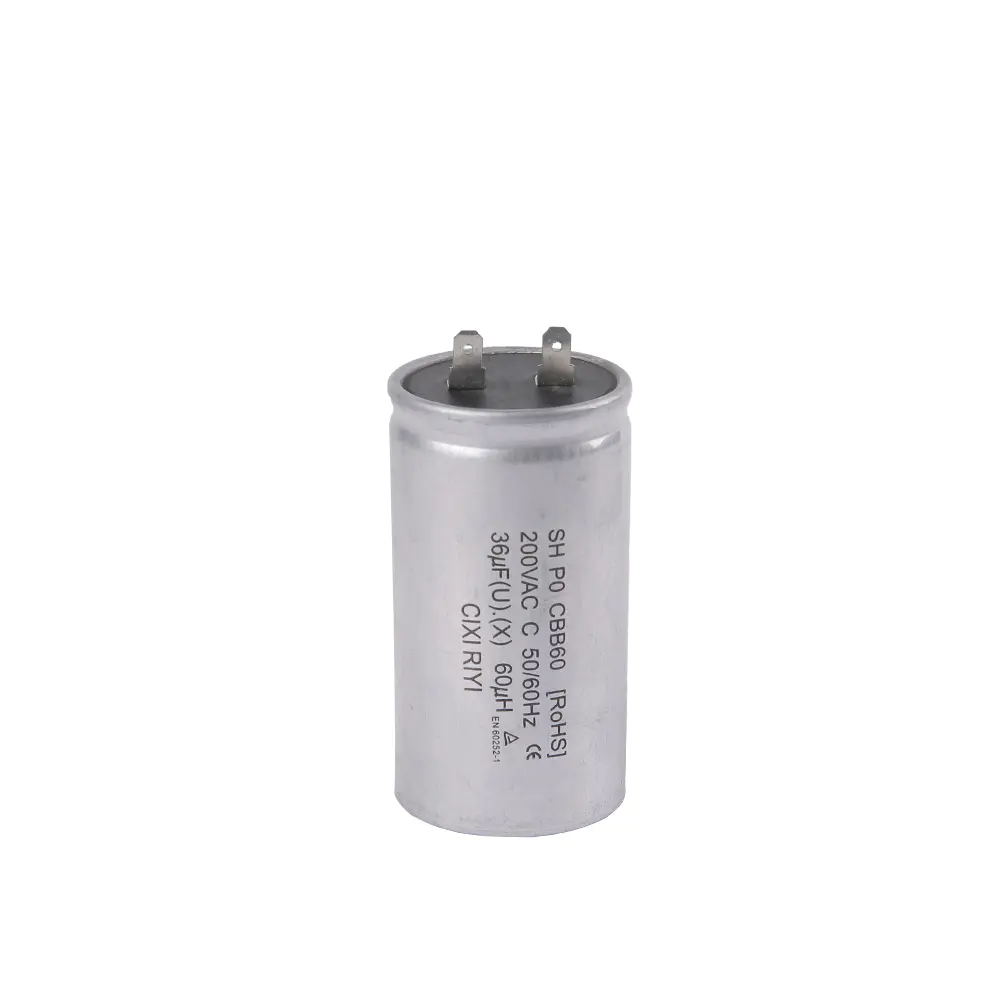
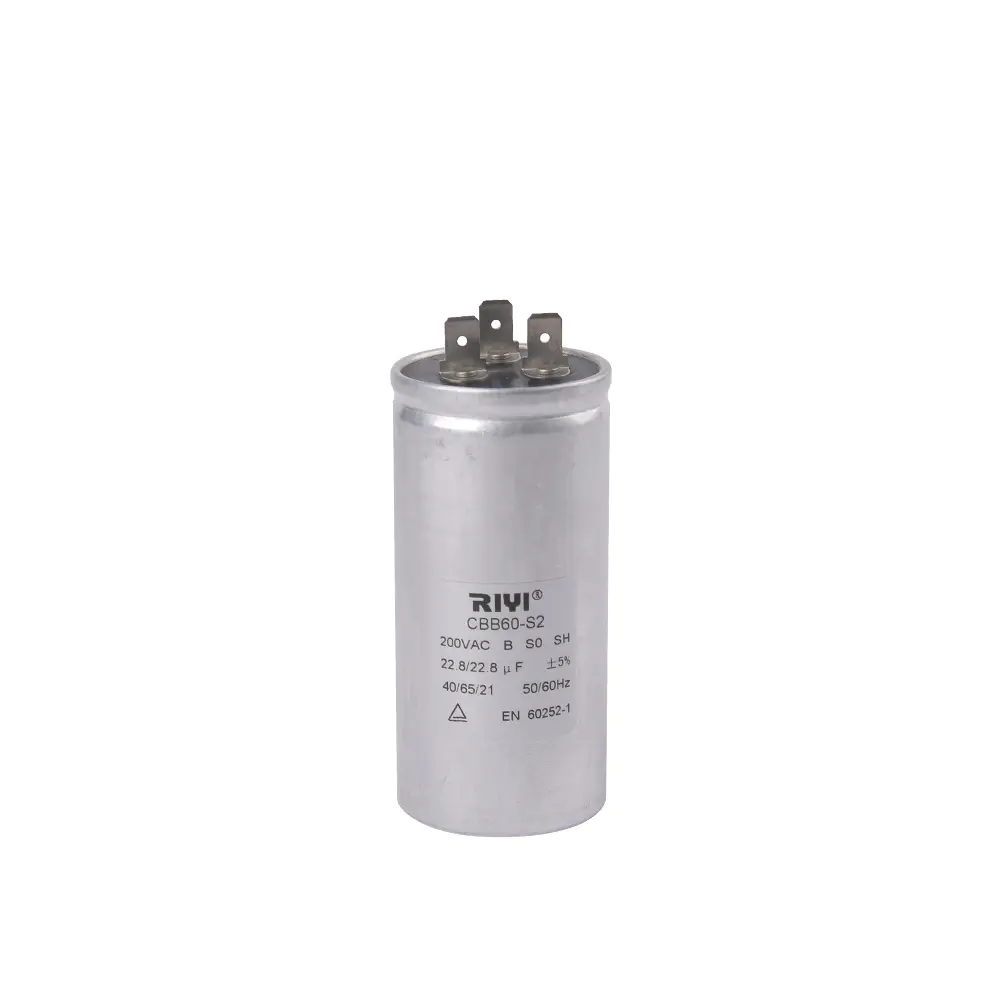
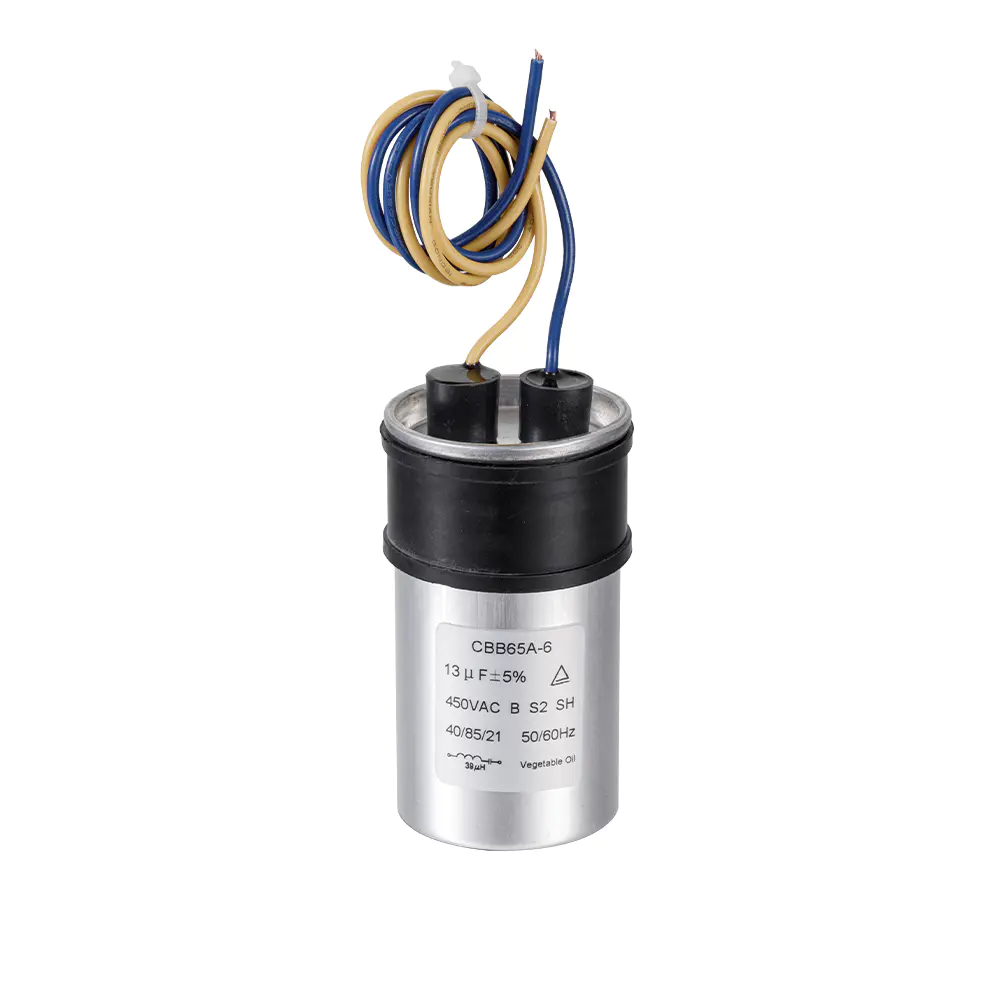
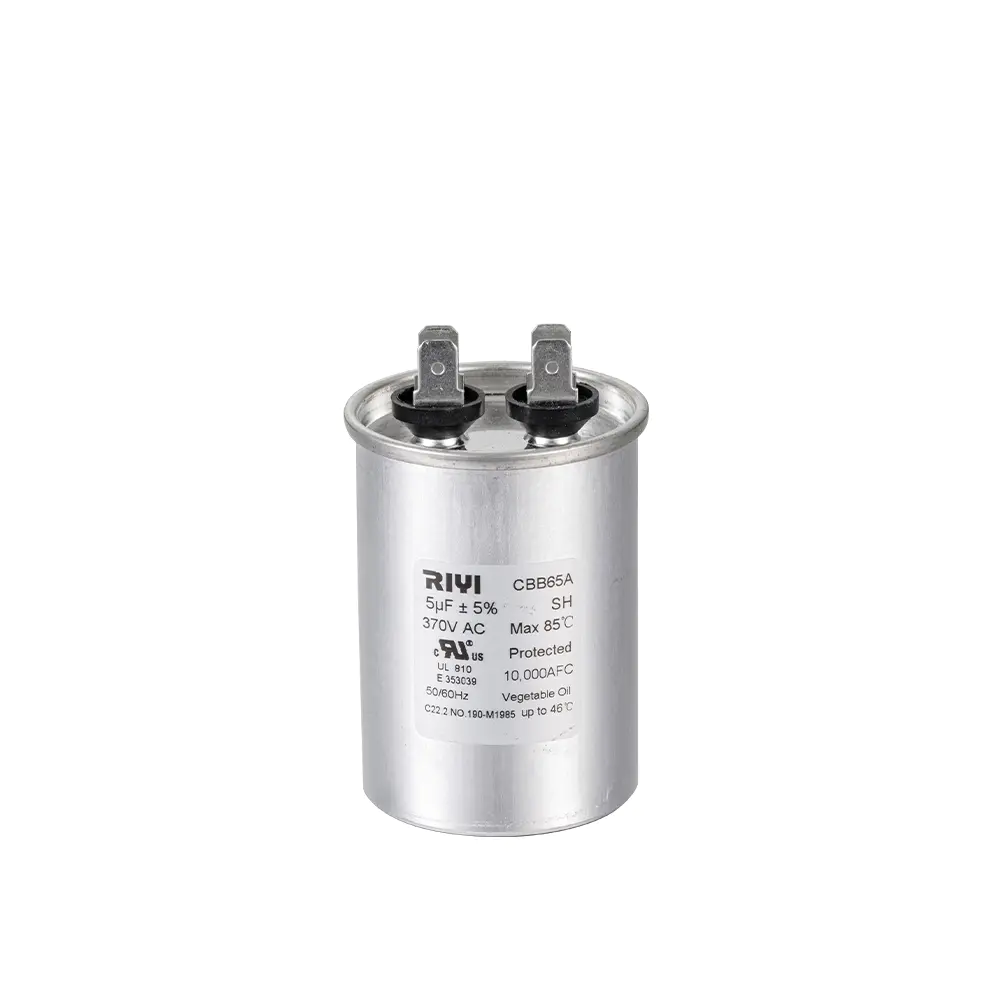
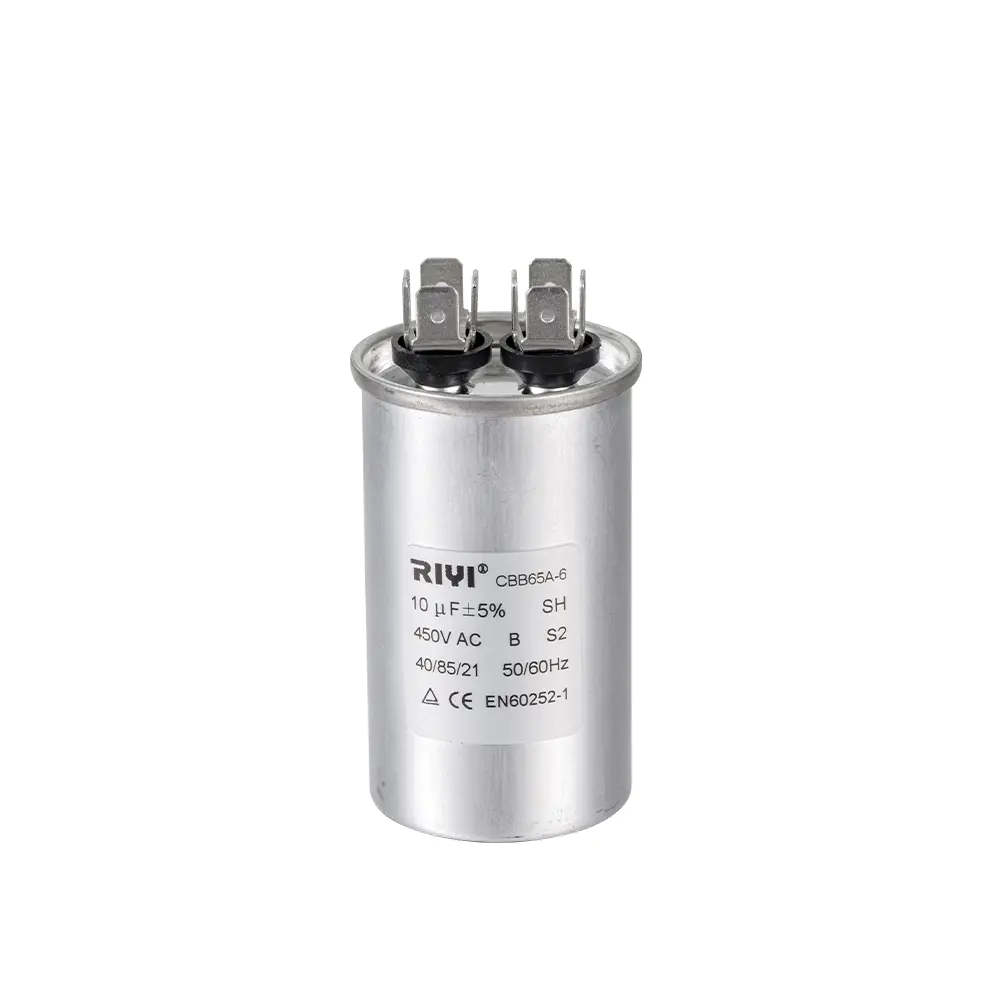
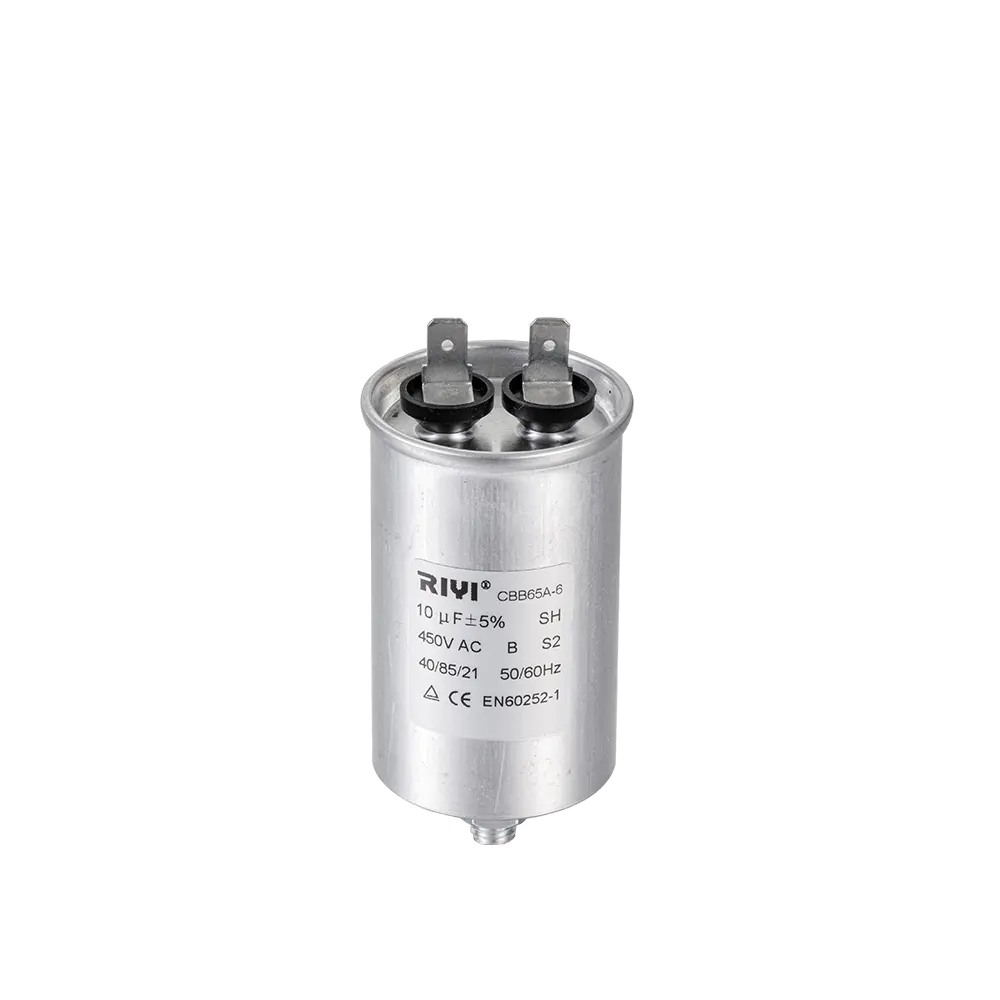
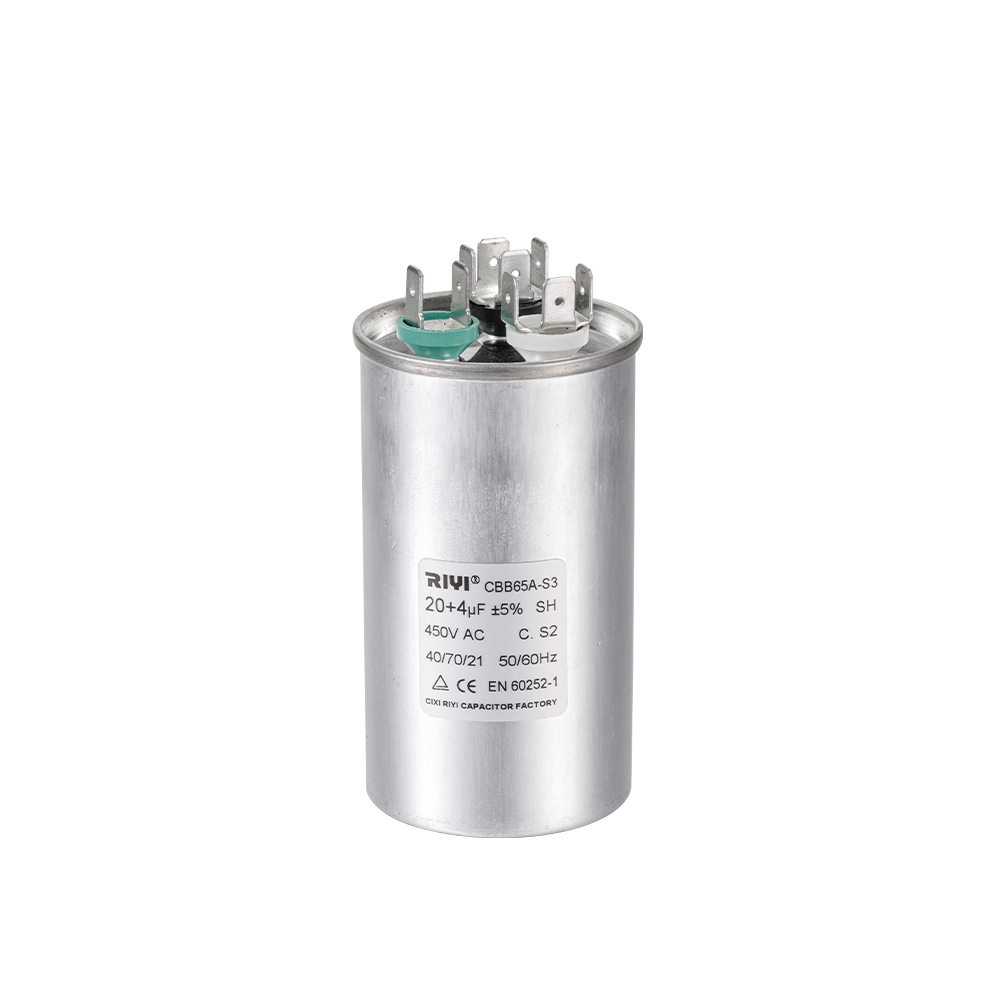
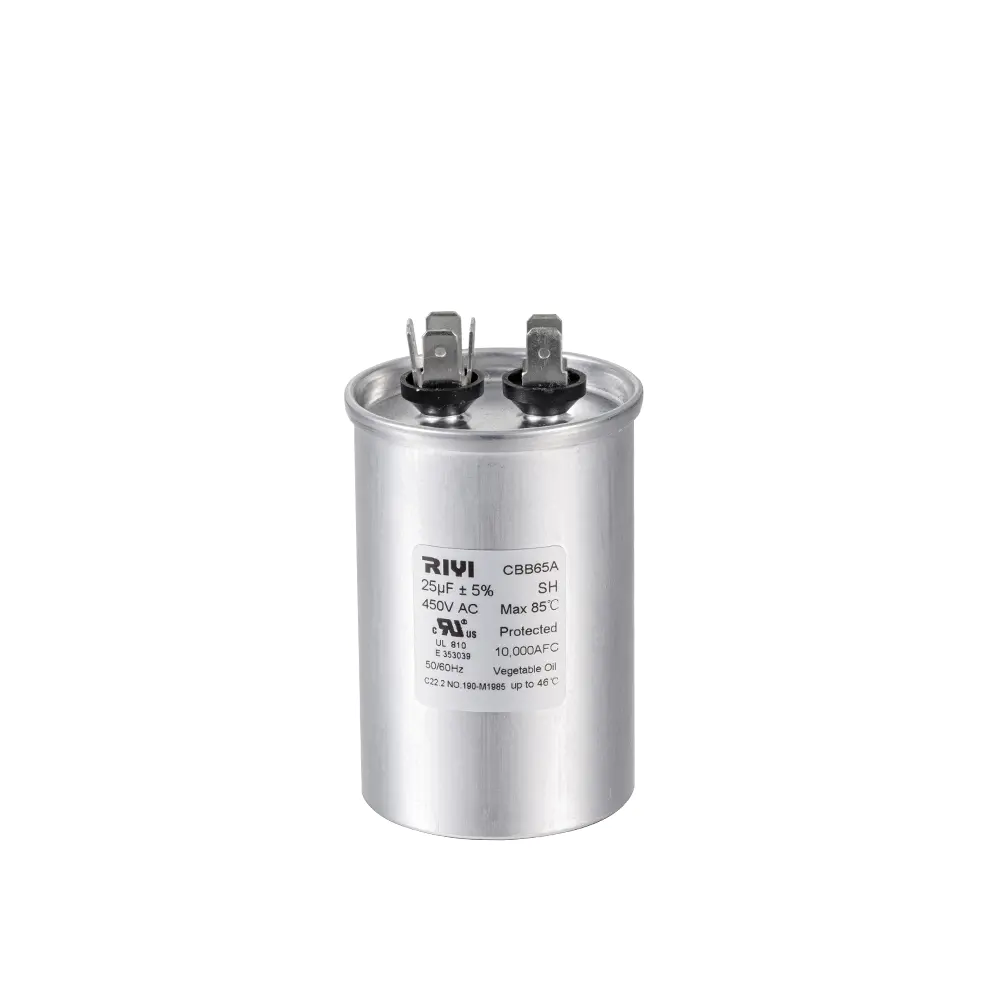
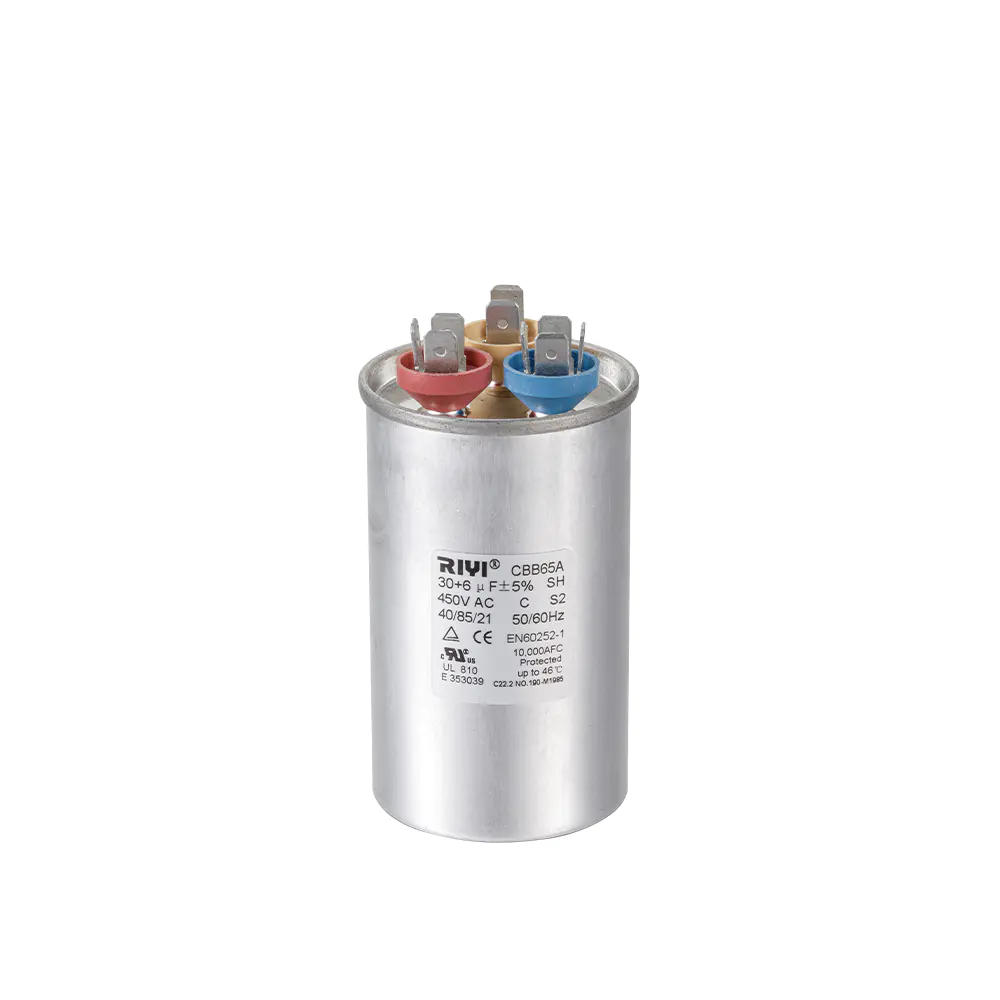
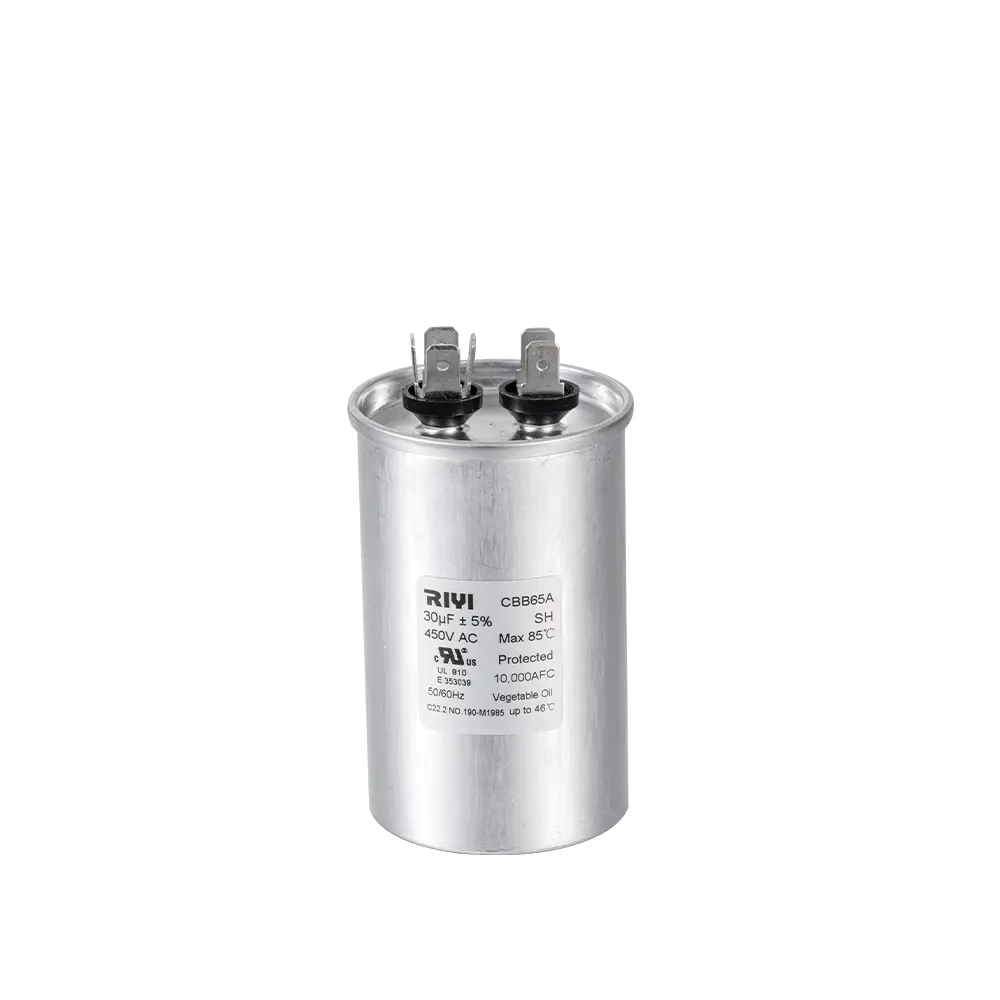

 +86-13600614158
+86-13600614158
 +86-0574-63223385
+86-0574-63223385 Zonghan Street,Cixi City,Zhejiang Province,China.
Zonghan Street,Cixi City,Zhejiang Province,China.